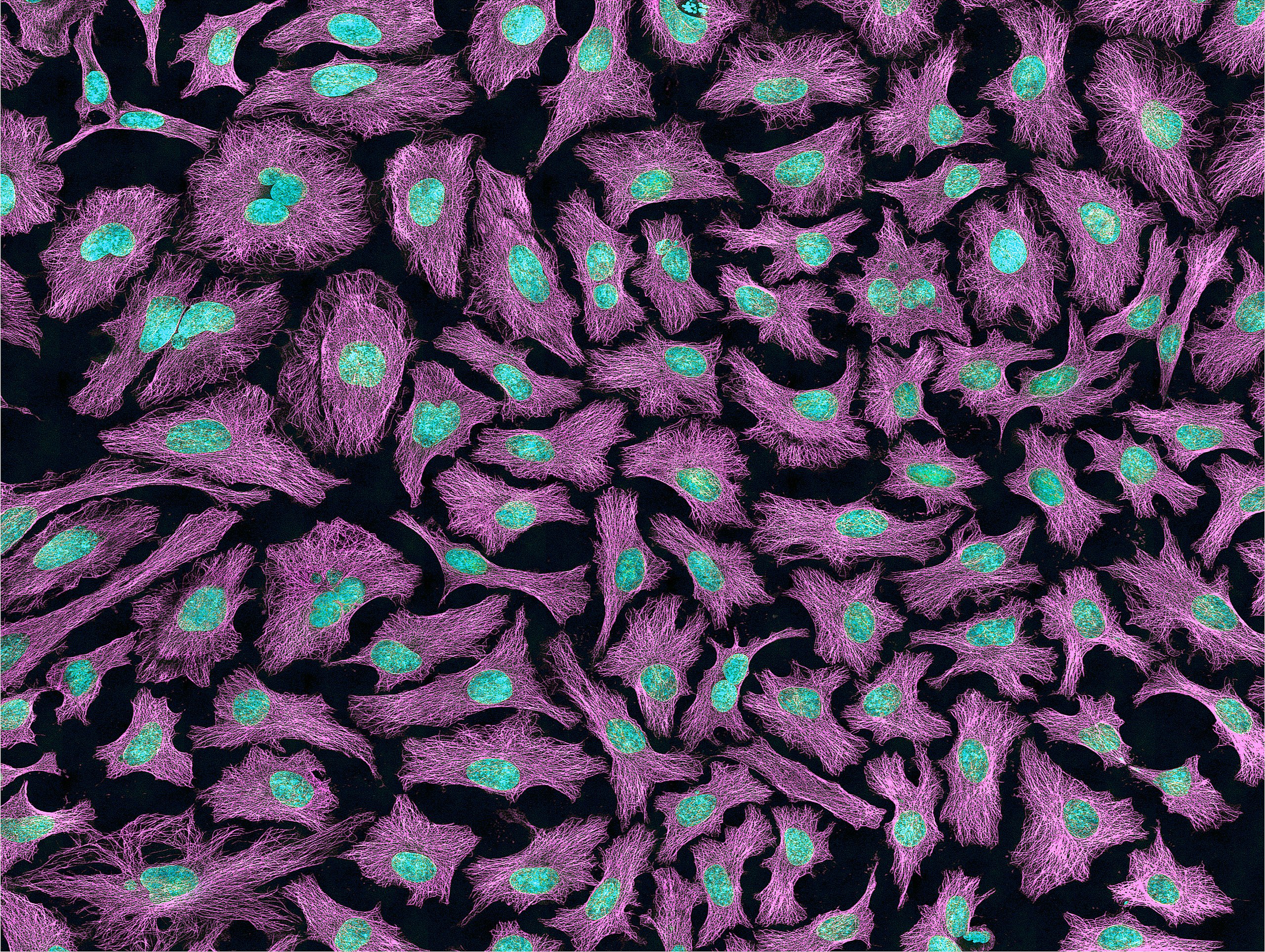Purchasing Hela Cells
HeLa cells are a human cervical cancer cell line that was derived from the cells of Henrietta Lacks, a 31-year-old African American woman who died of cervical cancer in 1951. HeLa cells were the first human cell line to be successfully cultured in vitro, and they have since become one of the most widely used cell lines in biomedical research.
HeLa cells are aneuploid, meaning that they do not have the normal number of chromosomes. This makes them more susceptible to transformation by viruses and other carcinogens. HeLa cells are also susceptible to a variety of pathogens, including poliovirus type I and adenovirus type 3.
HeLa cells should be handled under laboratory containment level 2 (CL2) conditions. This means that they should be handled in a biosafety cabinet and that personnel should wear appropriate personal protective equipment (PPE), such as gloves, a lab coat, and eye protection.
About HeLa cells:
- HeLa cells were first isolated by George Gey, a tissue culture researcher at Johns Hopkins University. Gey and his team were able to keep the cells alive and growing in culture for many years, which was a major breakthrough in biomedical research.
- HeLa cells have been used in a wide variety of research studies, including studies on cancer, virology, genetics, and drug development. HeLa cells have also been used to produce a number of important vaccines, including the polio vaccine and the human papillomavirus (HPV) vaccine.
- HeLa cells have been used in over 100,000 scientific publications, and they continue to be one of the most important tools in biomedical research.
Safety considerations for handling HeLa cells:
- HeLa cells should be handled under CL2 conditions to prevent the accidental release of infectious agents.
- PPE should be worn when handling HeLa cells, including gloves, a lab coat, and eye protection.
- HeLa cells should be disposed of properly, according to institutional guidelines.
Ethical considerations for using HeLa cells:
- The use of HeLa cells has raised a number of ethical concerns, including the lack of consent from Henrietta Lacks or her family and the commercialization of HeLa cells without benefit to the Lacks family.
- In recent years, there has been a growing movement to recognize the contributions of Henrietta Lacks and to ensure that HeLa cells are used in a responsible and ethical manner.
HeLa cells are an important tool in biomedical research, but they should be handled and used with care. It is important to be aware of the safety and ethical considerations associated with using HeLa cells.
When purchasing HeLa cells, it is important to consider the following factors:
- Cell line: There are many different HeLa cell lines available, each with its own unique characteristics. It is important to choose a cell line that is appropriate for your research needs.
- Cell passage: HeLa cells are typically grown in tissue culture flasks or plates. The number of times the cells have been subcultured, or passaged, is referred to as the cell passage. Lower passage cells are generally more viable and easier to culture than higher passage cells.
- Cell viability: The viability of the cells refers to the percentage of cells that are alive and healthy. It is important to choose cells with high viability.
- Cell purity: The purity of the cells refers to the percentage of cells that are HeLa cells and not other types of cells. It is important to choose cells with high purity.
HeLa cells are a valuable tool for biomedical research. They are widely used to study cell biology, cancer biology, and infectious diseases. By following the tips above, you can ensure that you are purchasing high-quality HeLa cells that will meet your research needs.

